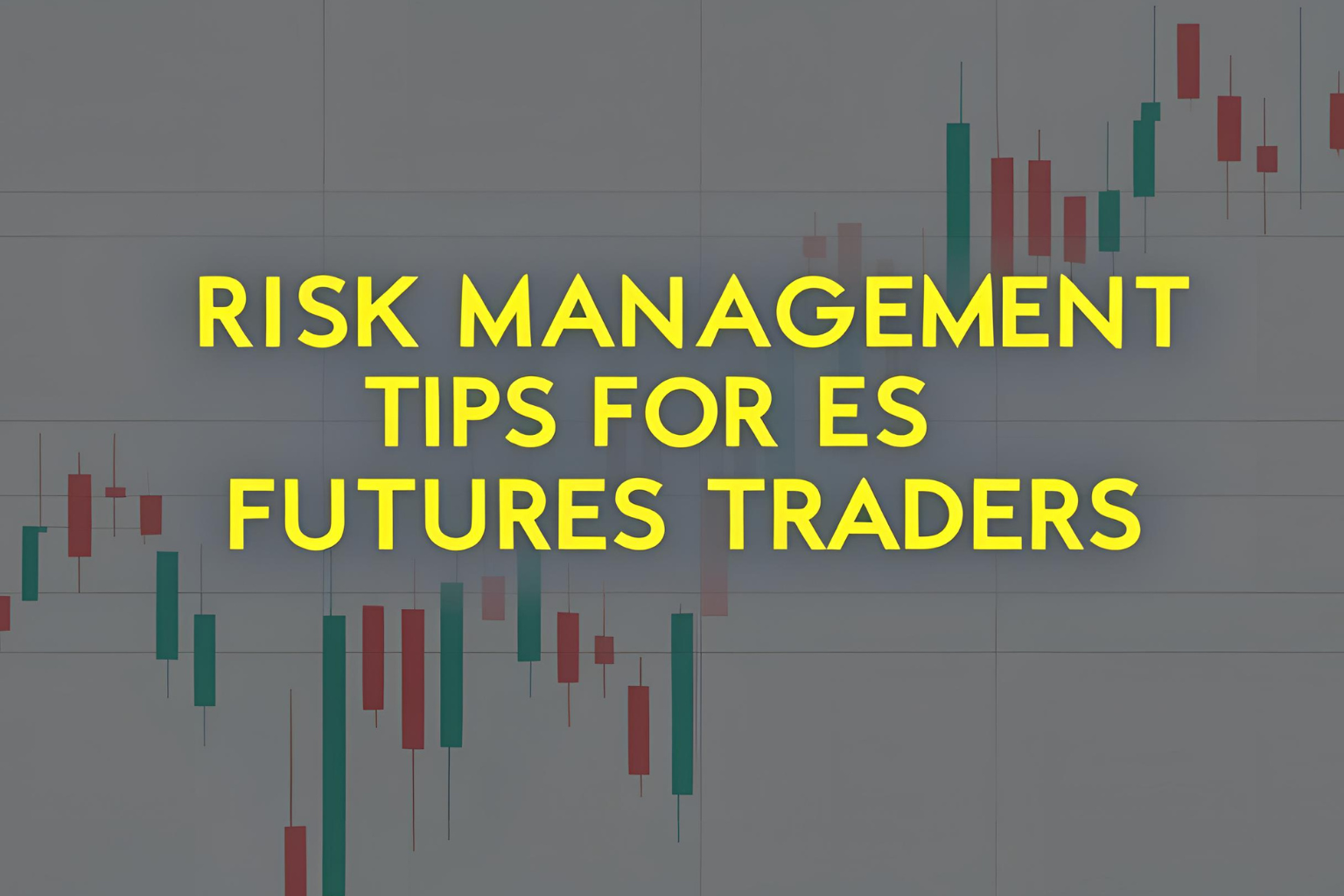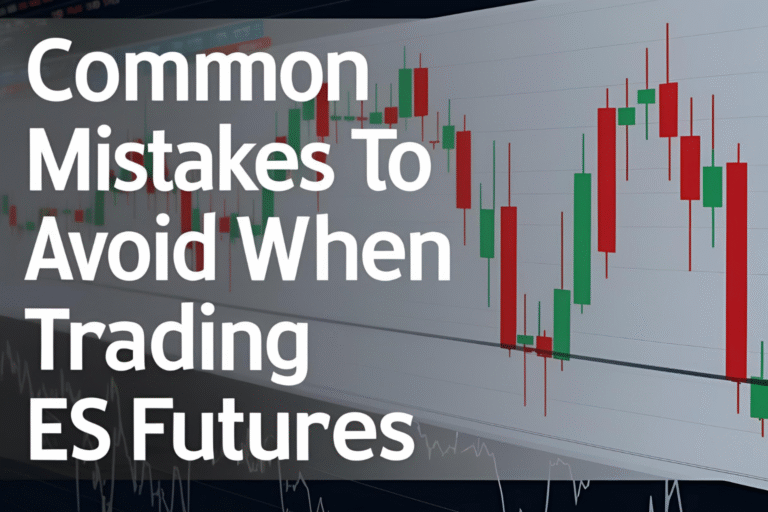Risk Management Tips for ES Futures Traders
Trading ES futures offers exciting opportunities due to their liquidity and leverage, but that same leverage can also lead to significant losses without a solid risk management plan.
In this guide, we’ll cover the most important risk management tips for ES futures traders so you can protect your capital, reduce emotional decisions, and build long-term consistency.
Why Risk Management Matters in ES Trading
The ES contract (E-mini S&P 500) moves quickly and can result in large gains or losses in a short time. A single ES futures contract is worth $50 per index point. Even a 10-point move can mean a $500 profit or loss.
Without a defined risk management strategy, it’s easy to:
- Overtrade
- Overleverage
- Hold losing trades too long
- Abandon your trading plan under pressure
Risk management helps control these behaviors and keeps your losses within acceptable limits.
1. Use a Fixed Percentage Risk per Trade
The most common rule among professional traders is to risk no more than 1% to 2% of your total account balance on any single trade.
For example, with a $10,000 account:
- 1% risk = $100
- If your stop loss is 5 points, you can trade up to 2 contracts ($100 ÷ $50)
2. Always Use a Stop-Loss Order
A stop-loss is a non-negotiable risk control tool. It defines the maximum amount you’re willing to lose on a trade.
Place it:
- Below recent support (long trades)
- Above resistance (short trades)
- Based on ATR (Average True Range) to adjust to volatility
Never trade without a stop, even if you’re confident in your setup.
3. Size Your Positions Properly
Lot size should be based on your stop-loss distance and account size, not on how “sure” you feel about a trade.
Formula:
Position size = Risk per trade ÷ (Tick value × Stop-loss distance in ticks)
Proper sizing ensures you don’t blow your account in just a few losing trades.
4. Avoid Overtrading
More trades don’t always mean more profit. Overtrading often leads to poor decisions, revenge trades, and higher fees.
Focus on quality setups, not quantity. Set a maximum number of trades per session if needed.
5. Use Risk-to-Reward Ratios
Aim for trades that offer at least a 1:2 or 1:3 reward-to-risk ratio.
If you risk $100, your potential profit should be $200–$300. This allows your strategy to remain profitable even with a lower win rate.
6. Keep a Trading Journal
Log your trades to review:
- Entry and exit points
- Win/loss outcomes
- Emotional state during the trade
- Mistakes and what you learned
This helps spot recurring errors and refine your system over time.
7. Know When to Step Away
If you hit your daily loss limit, stop trading for the day. Trying to “win it back” often leads to poor decisions.
Set rules like:
- Max daily loss: 3% of account
- Max 3 losing trades in a row
- Take a break after a big win or loss
Final Thoughts
Strong risk management is more important than any trading strategy. It protects your account during losing streaks and helps you stay in the game long enough to let your edge work over time.
By sticking to clear risk rules, using stops, and sizing your trades appropriately, you can turn short-term volatility into long-term opportunity in the ES futures market.
FAQs
1. How much should I risk per trade in ES futures?
Most professionals recommend risking no more than 1%–2% of your account per trade.
2. Is it okay to trade without a stop-loss?
No. Trading without a stop exposes your account to unlimited risk.
3. What is the best way to size positions in ES futures?
Use your account size, stop-loss level, and tick value to calculate appropriate lot size.
4. Can I still lose money even with good risk management?
Yes, but your losses will be limited and manageable, helping you recover more easily.
5. Should beginners focus more on risk or strategy?
Risk management should be your top priority from day one.

